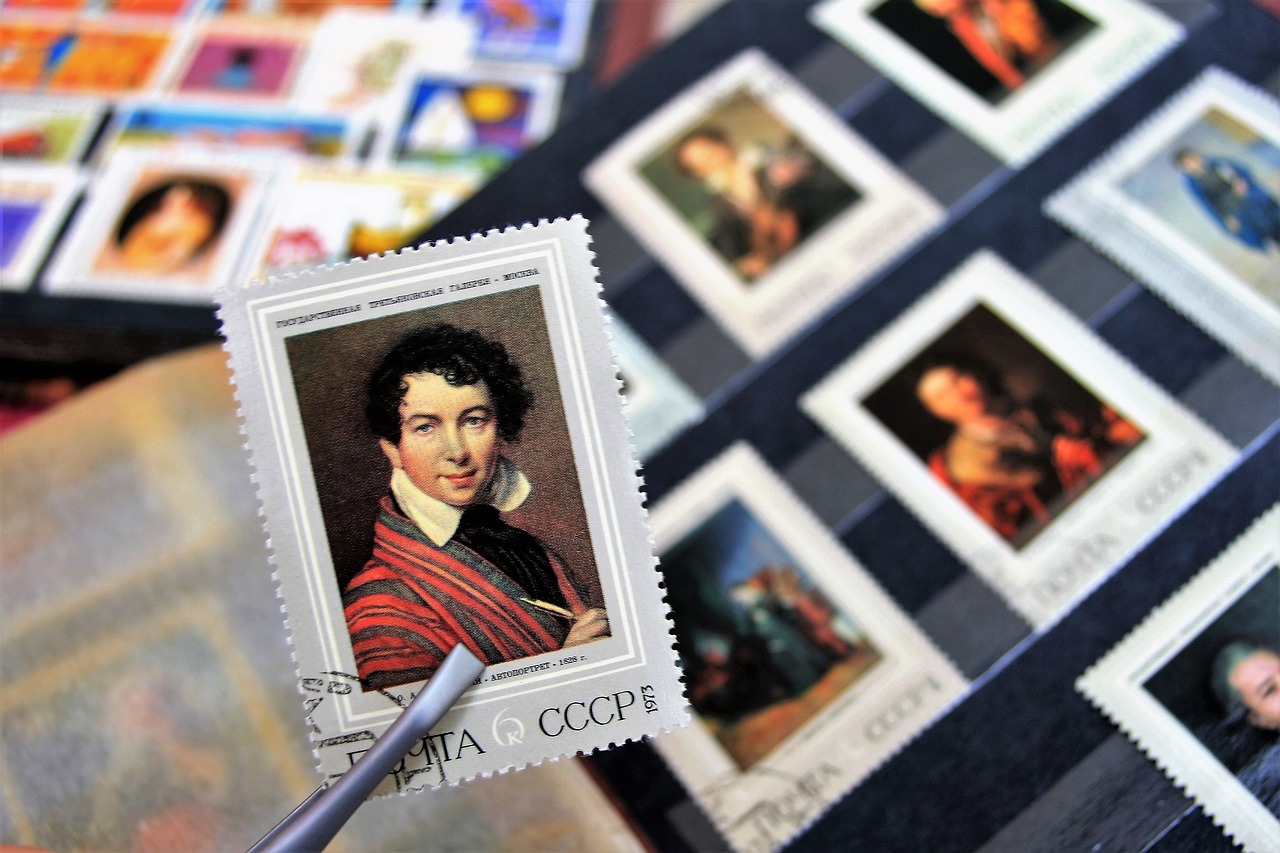The Enigmatic Nature of Loki in Norse Mythology
Loki, pronounced “LOAK-ee,” is an intriguing figure in Norse mythology, often recognized as the clever trickster god. Unlike the other deities, Loki holds a precarious and unconventional place among gods, giants, and various spiritual entities within the pre-Christian Norse belief system.
Exploring his lineage reveals much about his complex identity. Loki’s father, Farbauti, translates to “Cruel Striker,” while his mother is either Laufey, whose name’s meaning remains uncertain, or Nal, which means “Needle.” The ambiguity surrounding Laufey or Nal leaves one to question her classification—be it goddess, giantess, or something else entirely. Loki’s progeny, stemming from his relationship with the giantess Angrboda, is equally intriguing; he fathered Hel, the underworld’s goddess, Jormungand, the serpent that ultimately kills Thor during Ragnarok, and Fenrir, the wolf fierce enough to slay Odin himself. This lineage scarcely paints him as a trustworthy god. His apparent indifference toward the fates of his fellow gods becomes evident through these offspring.
Loki is also wed to Sigyn, with whom he has a son named Nari, or Narfi, potentially translating to “Corpse.” Loki’s character is characterized by an inclination to defy not only societal norms but also the very laws of nature. One particularly notable account details how he becomes the mother of Sleipnir, Odin’s eight-legged horse, after transforming into a mare to court the stallion Svadilfari, an event chronicled in “The Fortification of Asgard.”
The tales depict Loki as a cunning individual motivated by baser impulses, demonstrating both cowardice and a flair for both havoc and assistance. His actions oscillate between these extremes—playful yet malicious, helpful yet irreverent. A prime example is seen in “The Kidnapping of Idun,” where his reckless behavior lands him in a perilous predicament with the furious giant Thiazi. Facing death if he fails to retrieve Idun, Loki resorts to trickery, shape-shifting into a falcon to carry her back to safety, ultimately delivering the gods from a trouble of his own making.
Loki’s antics do not cease there. After Thiazi’s demise, Skadi, the giant’s daughter, arrives in Asgard seeking immediate recompense. One of her conditions is to elicit a laugh from her, a challenge only Loki can meet. His solution—a comically absurd scene involving a goat’s beard and his own body—provides the humor needed but lacks any honorable merit by Viking standards.
His dual alliances with both gods and giants suggest a self-serving nature, choosing sides based on personal gain. When Ragnarok, the end of days, arrives, Loki takes arms against the gods, even leading the ship Naglfar into battle. In this ultimate conflict, he and Heimdall, the guardian deity, inflict mortal wounds on each other.
Loki’s most notorious act is perhaps his involvement in the tragic narrative surrounding Baldur’s death. After Frigg, Baldur’s mother, secures vows from all living entities not to harm her son, she neglects the mistletoe, which Loki exploits. Crafting a spear from the plant and guiding the blind god Hod to unwittingly slay Baldur, he effectively seals the tragic fate of this beloved deity. Ultimately, Hel, the keeper of the underworld, reveals that Baldur can only return if every being weeps for him—something thwarted by a giantess named Tokk, widely recognized as another guise of Loki himself.
For his myriad offenses, Loki faces a dire consequence: bound by a chain forged from his son Narfi’s entrails and left under a serpent’s venom dripping upon him, he writhes in agony, causing earthquakes upon his loss of Sigyn’s comforting presence as she tends to him.
An intriguing variation of Loki’s story appears in Saxo Grammaticus’s “History of the Danes,” where a giant named Útgarðaloki shares Loki’s fate of being bound, suggesting ancient Scandinavians wrestled with the notion of Loki as a god, giant, or something in between.
The mystery surrounding the meaning of Loki’s name persists despite centuries of scholarly inquiry. Recently, philologist Eldar Heide posited that Loki relates to a “knot” or “tangle,” reflecting his role in mythology as both a creator of literal nets and the architect of cunning schemes that ensnare the deities. This notion resonates deeply with Loki’s character and signifies his tragic role in the downfall of the divine order, binding him as a fatal flaw within the cosmos.
While Loki embodies a certain divine essence, historical evidence of worship towards him is conspicuously absent. This absence is not surprising, considering his character stands in stark contradiction to the ideals of honor and loyalty that the Norse cherished.
For those fascinated by Norse mythology and eager for greater insights, enriching literature on the subject can broaden your understanding and appreciation of this intoxicating mythos.



